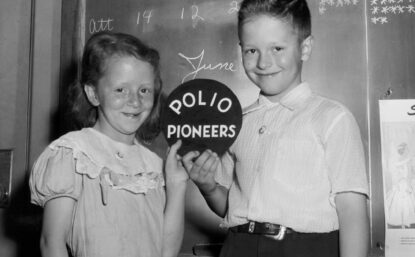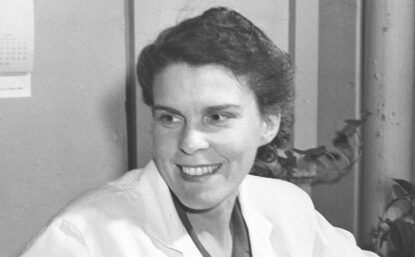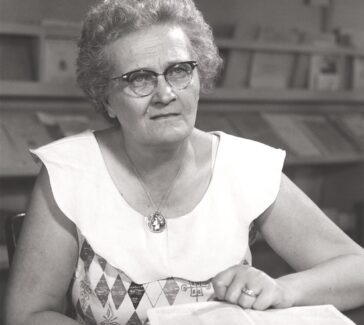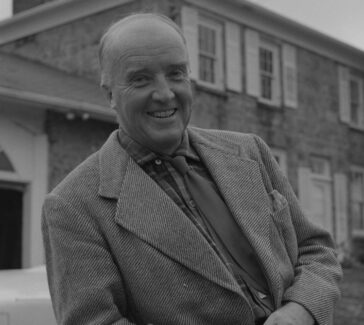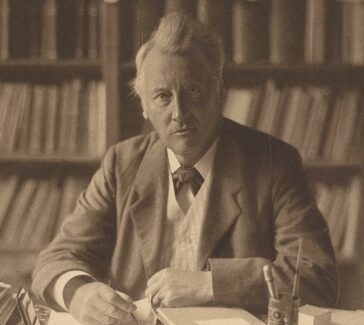Jonas Salk and Albert Bruce Sabin
In the 1950s Salk and Sabin developed separate vaccines—one from killed virus and the other from live virus—to combat the dreaded polio disease.
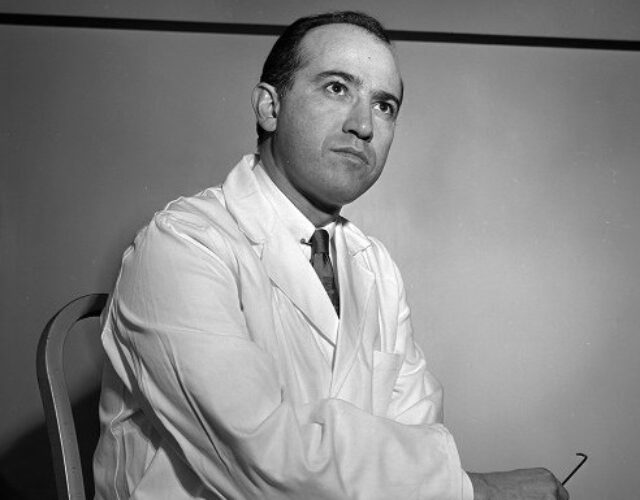
In the early 1950s, 25,000 to 50,000 new cases of polio occurred each year. Jonas Salk (1914–1995) became a national hero when he allayed the fear of the dreaded disease with his polio vaccine, approved in 1955. Although it was the first polio vaccine, it was not to be the last; Albert Bruce Sabin (1906–1993) introduced an oral vaccine in the United States in the 1960s that replaced Salk’s. Although the disease was finally brought under control because of these vaccines, the science behind them fired debate that continues to this day.
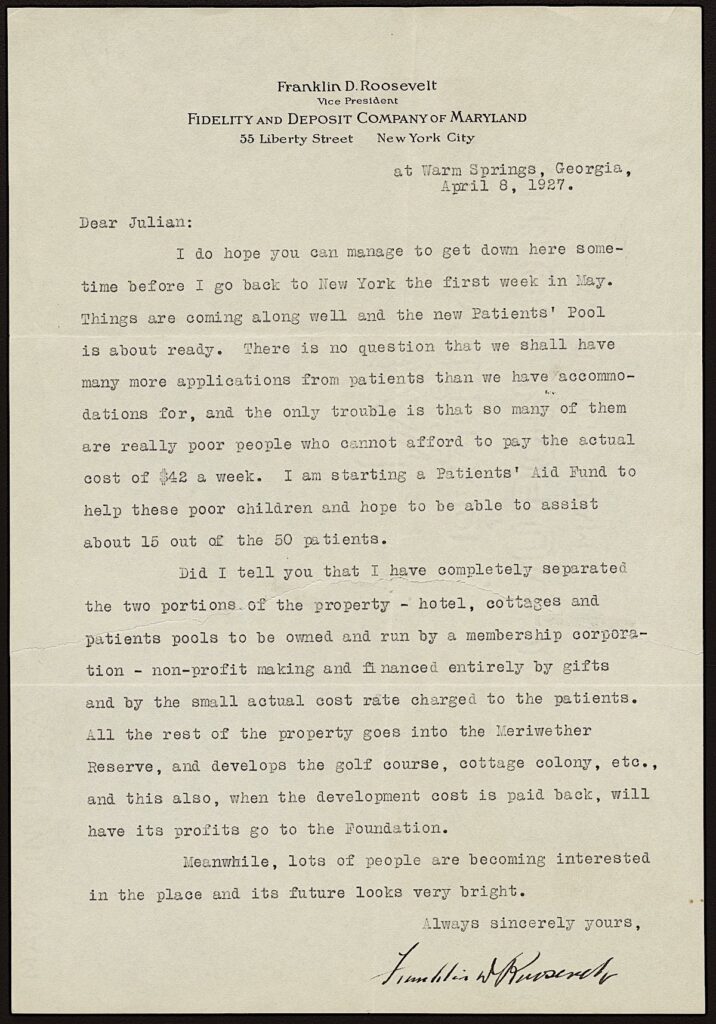
Polio Season
In the first half of the 20th century, summer was a dreaded time for children. Although they could enjoy the long days of unfettered play, summer was also known as “polio season.” Children were among the most susceptible to paralytic poliomyelitis (also known as infantile paralysis), a disease that affects the central nervous system and can result in paralysis. When exposed to a poliovirus in the first months of life, infants usually manifested only mild symptoms because they were protected from paralysis by maternal antibodies still present in their bodies.
However, as hygienic conditions improved and fewer newborns were exposed to the virus (which is present in human sewage), paralytic poliomyelitis began to appear in older children and adults who did not have an infant’s benefit of immunity. President Franklin Delano Roosevelt is perhaps the most famous victim of the poliovirus. In 1921, at the age of 39, he contracted the disease, one of the thousands that were afflicted that year.
Salk’s Education and Work on Influenza
Jonas Salk was born in New York City, his parents’ eldest son. His mother was a Russian Jewish immigrant and his father the son of Jewish immigrants. Salk was encouraged throughout his youth to succeed academically. He graduated from high school at the age of 15 and then entered the City College of New York. Although he originally intended to pursue law, he became interested in medicine and altered his career path, graduating with a degree in science in 1933.
At 19 Salk enrolled in the New York University School of Medicine. His intention was not to practice medicine, however; he wanted to be a medical researcher. Toward the end of his medical education he began to work with Thomas Francis Jr., who was to be his mentor for many years. Salk received his MD in 1939 and, after completing his internship at Mt. Sinai Hospital, accepted a National Research Council fellowship to work at the University of Michigan. There he rejoined Francis (who had since moved to Michigan) and spent six years researching the influenzavirus and developing a flu vaccine, work largely supported by the U.S. Army.
The vaccine that they ultimately developed in 1943 was a killed-virus vaccine: it contained a formalin-killed strain of the influenzavirus that could not cause the disease but did induce antibodies able to ward off future viral attacks. Francis and Salk were among the pioneers of killed-virus vaccines. Up to that time attenuated (weakened) live viruses were used to produce vaccines.
The Virus Research Laboratory and Poliovirus
In 1947 Salk accepted a position at the University of Pittsburgh School of Medicine to establish a Virus Research Laboratory. He devoted his efforts to creating a first-class research environment and to publishing scientific papers on a variety of topics, including poliovirus. His work drew the attention of the National Foundation for Infantile Paralysis (now the March of Dimes), and he was invited to participate in a research program sponsored by the foundation. He agreed and took up his assignment of typing polioviruses.
The “Killed-Virus” Principle
In 1951 the National Foundation typing program confirmed that there were three types of poliovirus. By that time Salk was convinced that the same “killed-virus” principle he had used to develop an influenza vaccine would work for polio. He also believed that it would be less dangerous than a live vaccine: if the vaccine contained only dead virus, then it could not accidentally cause polio in those inoculated. One difficulty, however, was that large quantities of poliovirus were needed to produce a killed-virus vaccine because a killed virus will not grow in the body after administration the way a live virus will.
In 1949 John Enders, Thomas Weller, and Frederick Robbins had discovered that poliovirus could be grown in laboratory tissue cultures of non-nerve tissue (earning them the Nobel Prize in Physiology or Medicine in 1954). The work of Enders and his colleagues paved the way for Salk, for it provided a method of growing the virus without injecting live monkeys.
Salk developed methods for growing large quantities of the three types of polioviruses on cultures of monkey kidney cells. He then killed the viruses with formaldehyde. When injected into monkeys, the vaccine protected them against paralytic poliomyelitis. In 1952 Salk began testing the vaccine in humans, starting with children who had already been infected with the virus. He measured their antibody levels before vaccination and then was excited to see that the levels had been raised significantly by the vaccine.
Field Trials
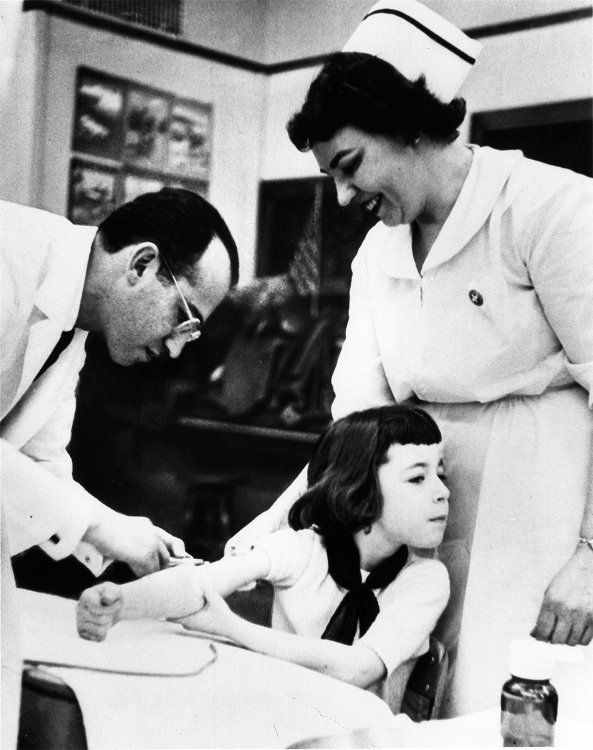
In 1954 a massive controlled field trial was launched, sponsored by the National Foundation for Infantile Paralysis. Almost two million U.S. children between the ages of six and nine participated. In some areas of the country half of these “Polio Pioneers” received the vaccine, while half received a placebo. In other areas of the country children who did not receive any vaccine were carefully observed. On April 12, 1955, Thomas Francis, Salk’s mentor and the director of the trial, reported that the vaccine was safe, potent, and 90% effective in protecting against paralytic poliomyelitis.
In order to conduct these massive trials Salk’s vaccine needed to be produced on a large scale. Accomplishing this required the assistance of the pharmaceutical industry, and well-known companies like Eli Lilly and Company, Wyeth Laboratories, and Parke, Davis and Company agreed to make the new vaccine.
Sabin’s Path to Polio Research
In the meantime a live-virus vaccine for polio was being developed by Albert Sabin. Sabin, like many scientists of the time, believed that only a living virus would be able to guarantee immunity for an extended period.
Sabin was born in 1906 in Bialystok, Russia (now part of Poland). At the age of 15 he emigrated with his family to the United States. After Sabin graduated from high school in Paterson, New Jersey, his uncle agreed to finance his college education, provided that Sabin studied dentistry. After two years preparing for dentistry at New York University, Sabin switched to medicine, having developed an interest in virology. In doing so he lost his financial support, but odd jobs and scholarships enabled him to continue his education. Sabin received his BS in 1928 and afterward enrolled in the New York University College of Medicine.
While at medical school Sabin spent time researching pneumonia, developing an accurate and efficient method of determining its cause in individual cases—either pneumococcus or virus. He received his MD in 1931 and, after completing his internship, traveled to the Lister Institute of Preventative Medicine in London to conduct research. A year later he returned to the United States, having accepted a fellowship at the Rockefeller Institute for Medical Research. There Sabin developed an interest in poliovirus. In 1936 he and a colleague were able to grow poliovirus in brain tissue from a human embryo.
During World War II, Sabin left his polio research to serve in the U.S. Army Medical Corps. There he investigated other diseases like insect-borne encephalitis and dengue, working on vaccines for both.
Sabin’s Live-Virus Vaccine
After the war Sabin accepted a position at the University of Cincinnati College of Medicine as a professor of research pediatrics. He then was able to return to his polio studies. To learn as much as possible about the disease, he and his colleagues performed autopsies on everyone within 400 miles of Cincinnati who had died of polio. These autopsies indicated that poliovirus affected both the intestinal tract and the central nervous system. From this finding Sabin was able to prove that polio first attacked the intestinal tract before moving on to nerve tissue. This discovery suggested that the virus could be grown in non-nerve tissue, a feat later accomplished in tissue culture by the Nobel laureates Enders, Weller, and Robbins. Growing poliovirus in non-nerve tissue culture was more practical than Sabin’s previous achievement of growing it in brain tissue from embryos.
Around the same time that Salk began his work on a killed-virus vaccine, Sabin began work on an attenuated live-virus vaccine. Sabin felt that an oral vaccine would be superior to an injection, as it would be easier to administer. He began to grow and test many virus strains in animals and tissue cultures and eventually found three mutant strains of the virus that appeared to stimulate antibody production without causing paralysis. Sabin then tested these strains on humans: his subjects included himself and his family, research associates, and prisoners from the nearby Chillicothe Penitentiary.
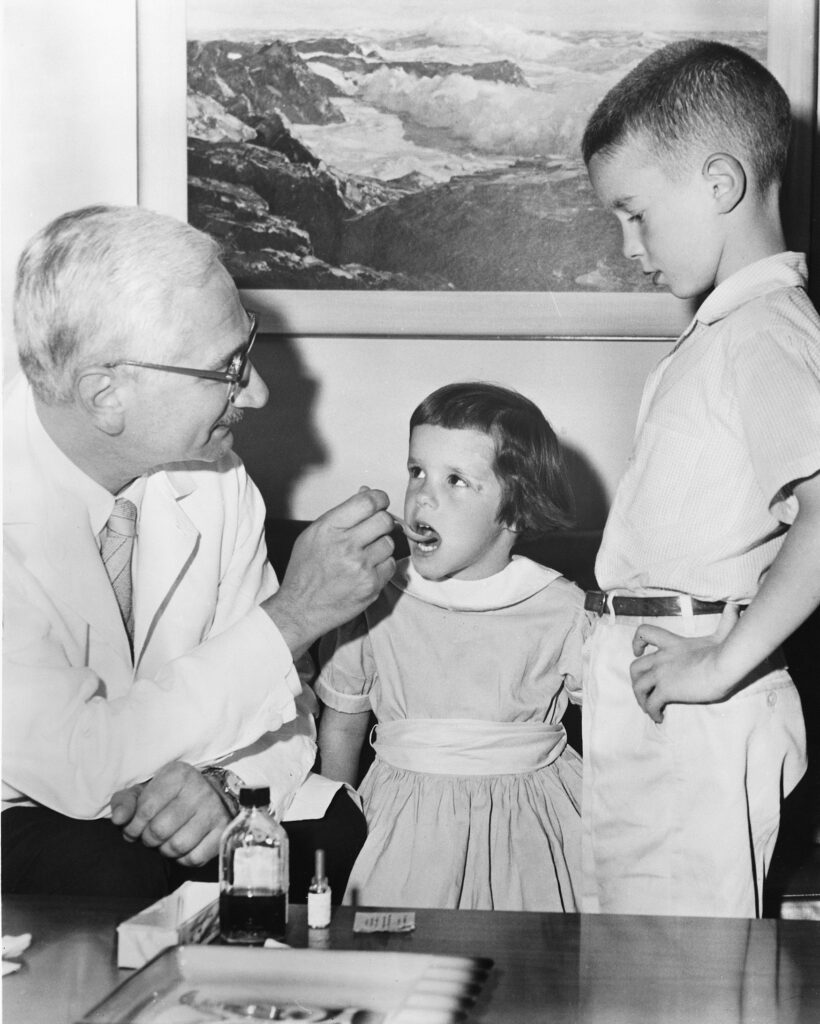
Testing the Live-Virus Vaccine
Because Salk’s vaccine was being used successfully in the United States, Sabin was not able to get support for a large-scale, controlled field trial like the trial of Salk’s vaccine. In 1957 Sabin convinced the Soviet Union’s Health Ministry to conduct field studies with his vaccine. After the Soviet trial succeeded in 1960, the U.S. Public Health Service approved the vaccine in 1961 for manufacture in the United States, and the World Health Organization (WHO) began to use live-virus vaccine produced in the USSR.
Success and Polio Eradication
In the late 1950s Sabin entered into an agreement with the pharmaceutical company Pfizer to produce his live-virus vaccine. He presented Pfizer with the master strains of the virus, and the company began to perfect its production technique in its British facilities.
Sabin’s live-virus, oral polio vaccine (administered in drops or on a sugar cube) soon replaced Salk’s killed-virus, injectable vaccine in many parts of the world. In 1994 the WHO declared that naturally occurring poliovirus had been eradicated from the Western Hemisphere owing to repeated mass immunization campaigns with the Sabin vaccine in Central and South America. The only occurrences of paralytic poliomyelitis in the West after this time were the few cases caused by the live-virus vaccine itself.
Live-Virus versus Killed-Virus Controversy
During his lifetime Sabin staunchly defended his live-virus vaccine, refusing to believe any evidence that it could cause paralytic poliomyelitis. Salk, for his part, believed that killed-virus vaccine produced equivalent protection in individuals and in communities without any risk for causing paralysis. Despite Sabin’s belief, the risk for paralysis from the live-virus vaccine does exist, although it is slight. In 1999 a federal advisory panel recommended that the United States return to Salk’s vaccine because it cannot accidentally cause polio. On the basis of a decade of additional evidence, this recommendation was reconfirmed in 2009.
Later Research
Although he was the first to produce a polio vaccine, Salk did not win the Nobel Prize or become a member of the National Academy of Sciences. An object of public adulation because of his pioneering work, he spent his life trying to avoid the limelight but nevertheless endured the animosity of many of his colleagues who saw him as a “publicity hound.” In 1962 he founded the Salk Institute for Biological Studies in La Jolla, California, an enterprise initially funded with support from the March of Dimes. Salk’s own research continued, most significantly on multiple sclerosis, cancer, and AIDS. Salk spent the later years of his life committed to developing a killed-virus vaccine to prevent the development of AIDS in those infected with human immunodeficiency virus.
Sabin, too, continued his work and held a series of influential positions at such organizations as the Weizmann Institute of Science, the U.S. National Cancer Institute, and the National Institutes of Health.

